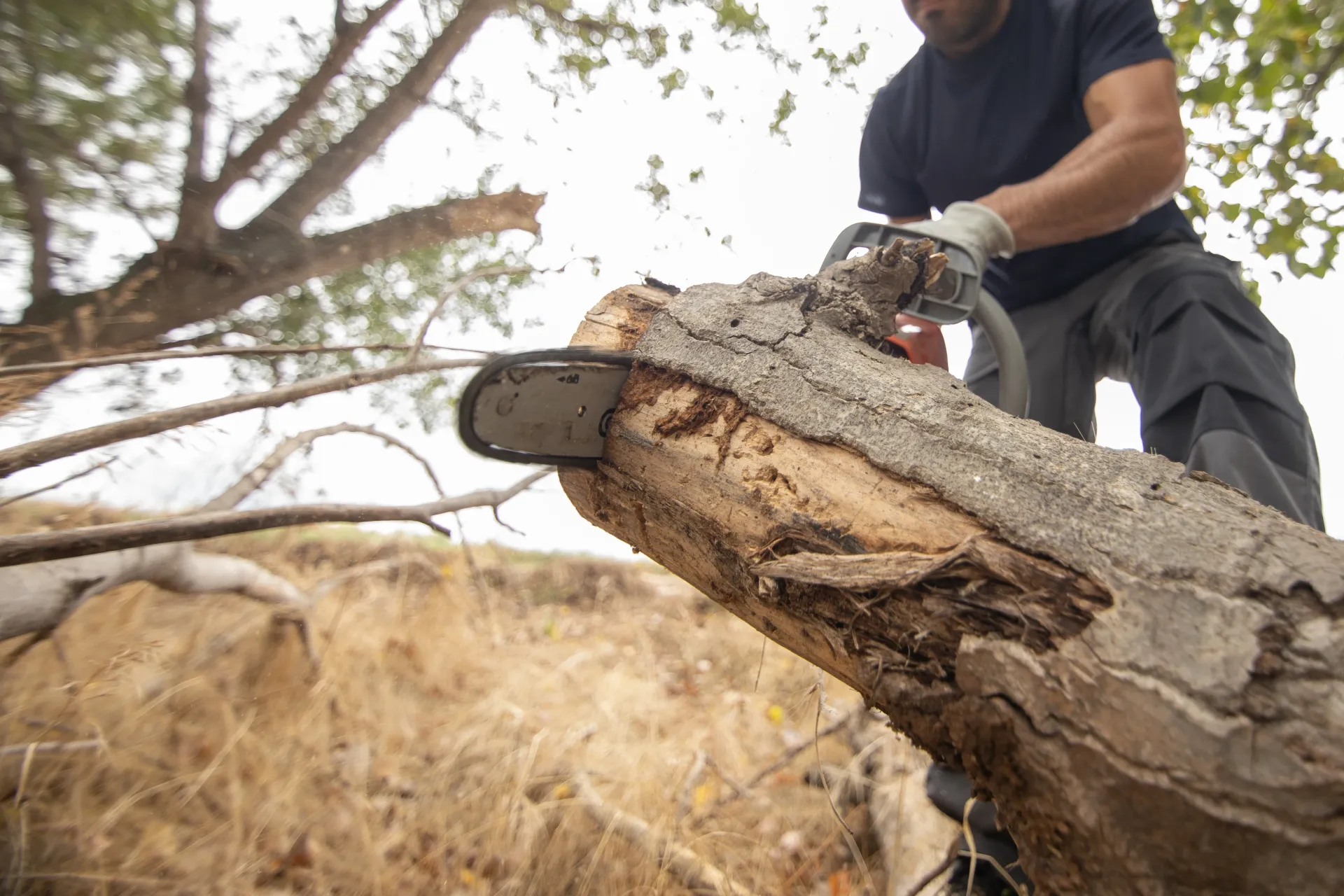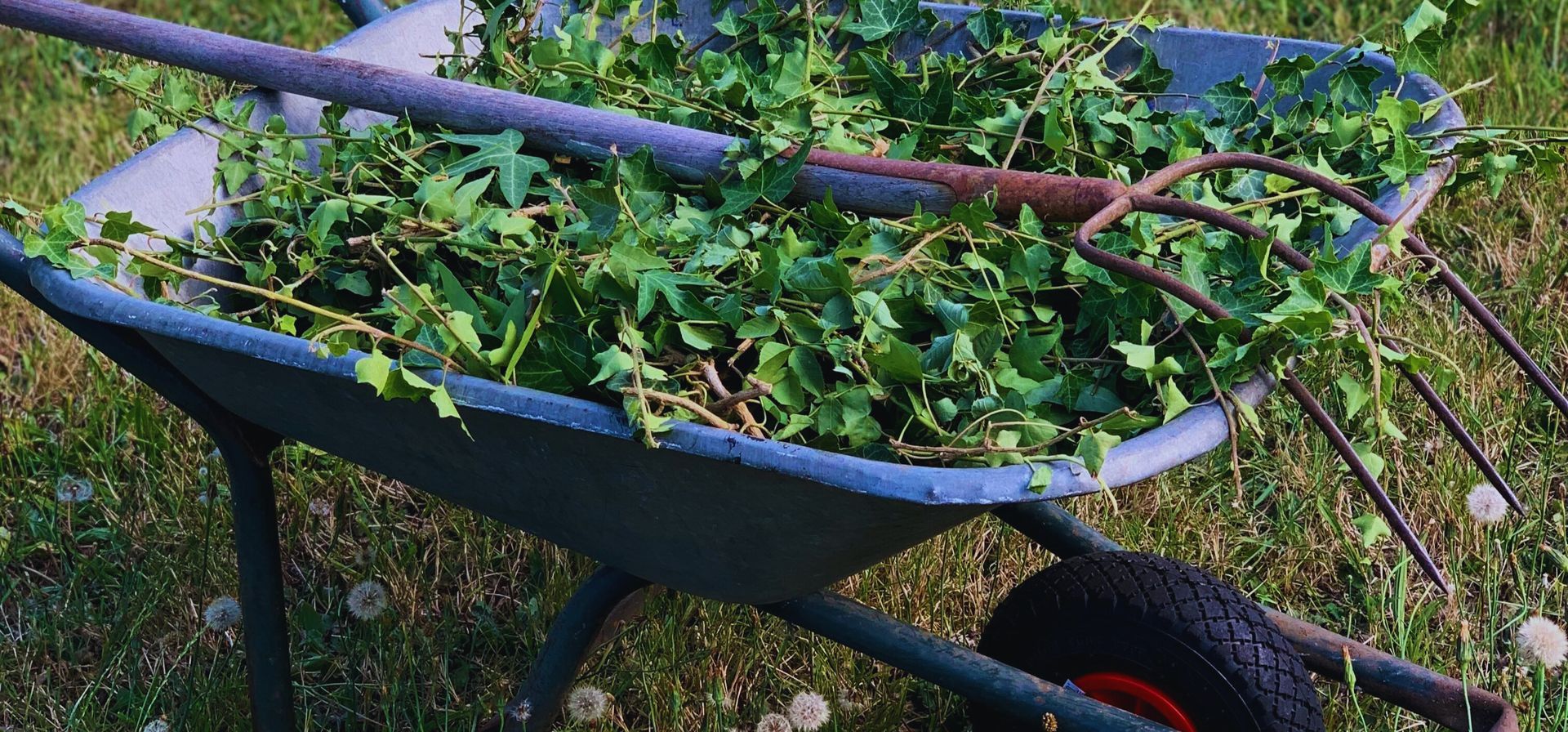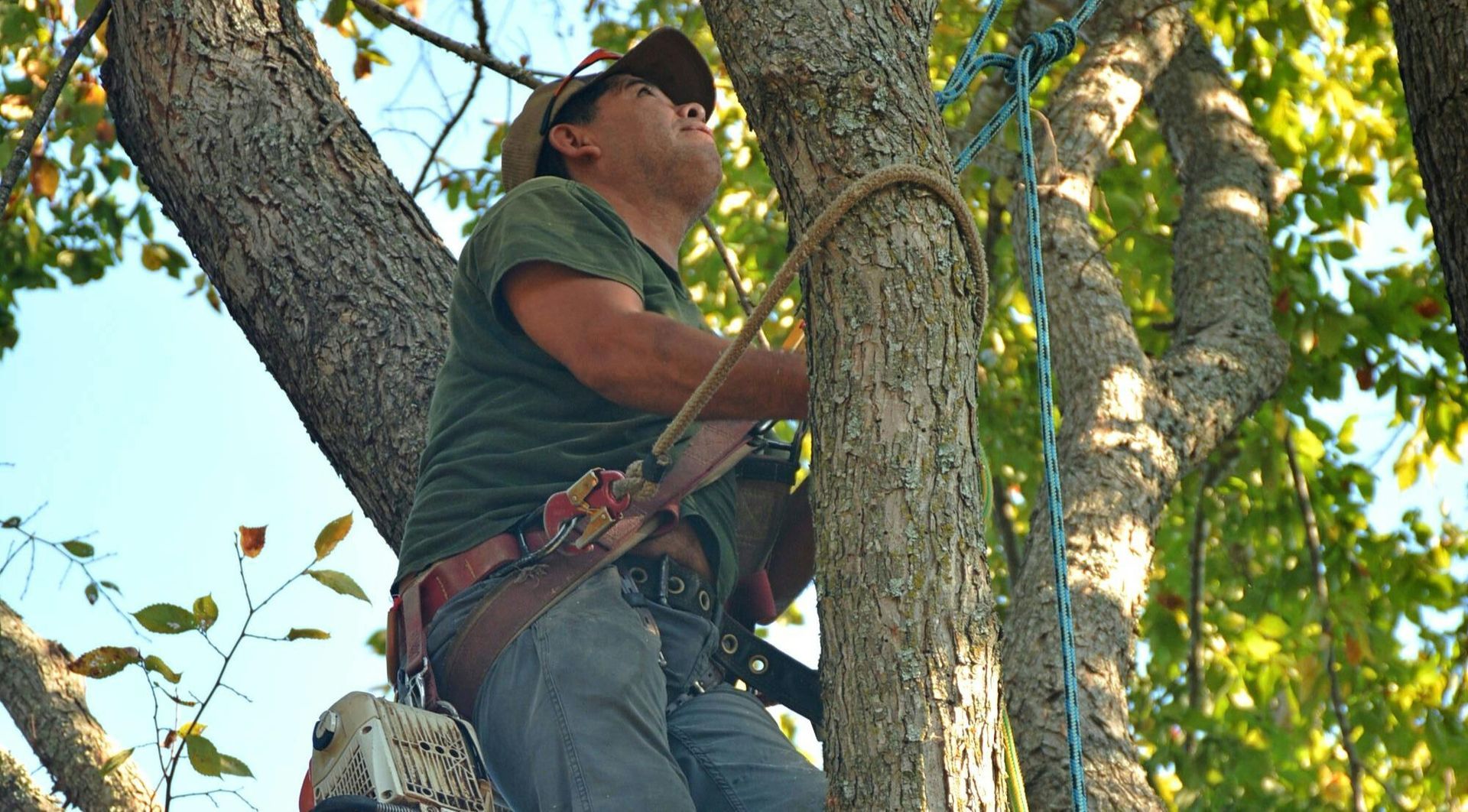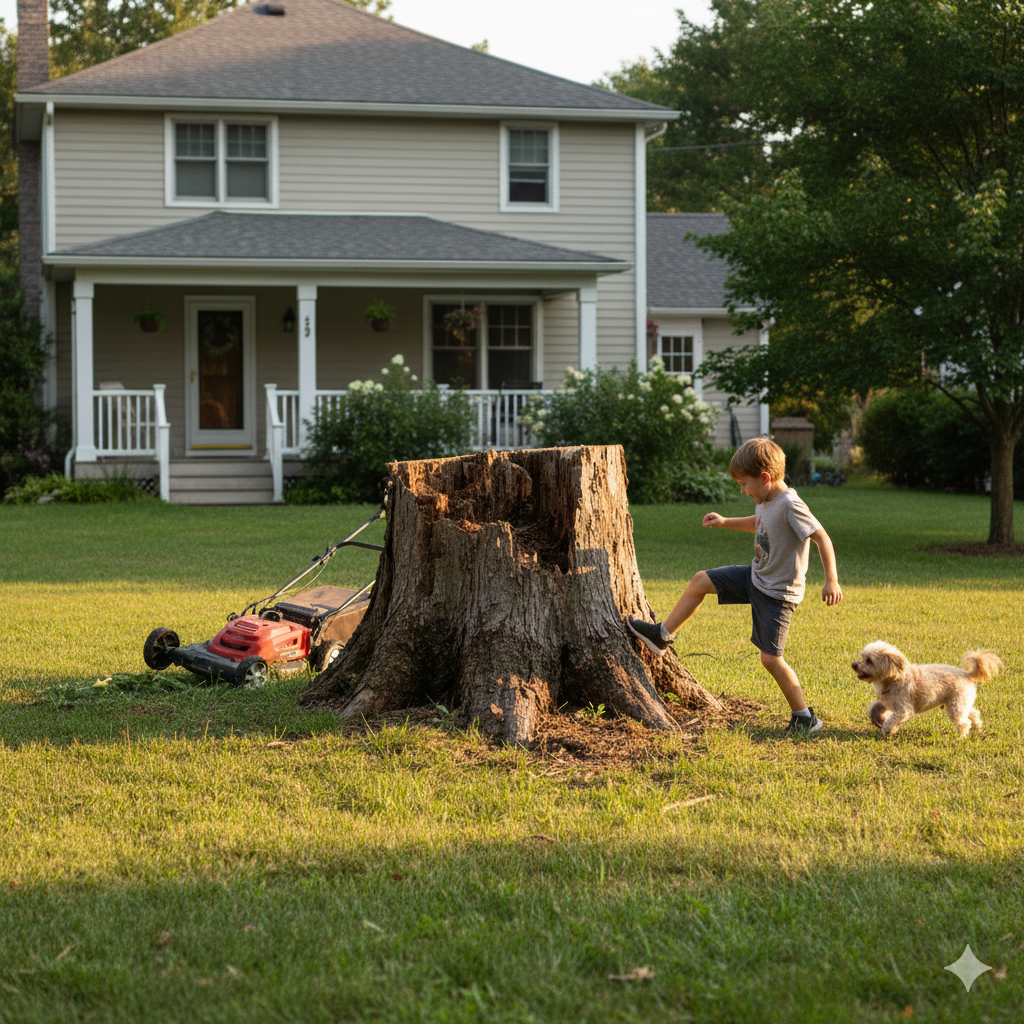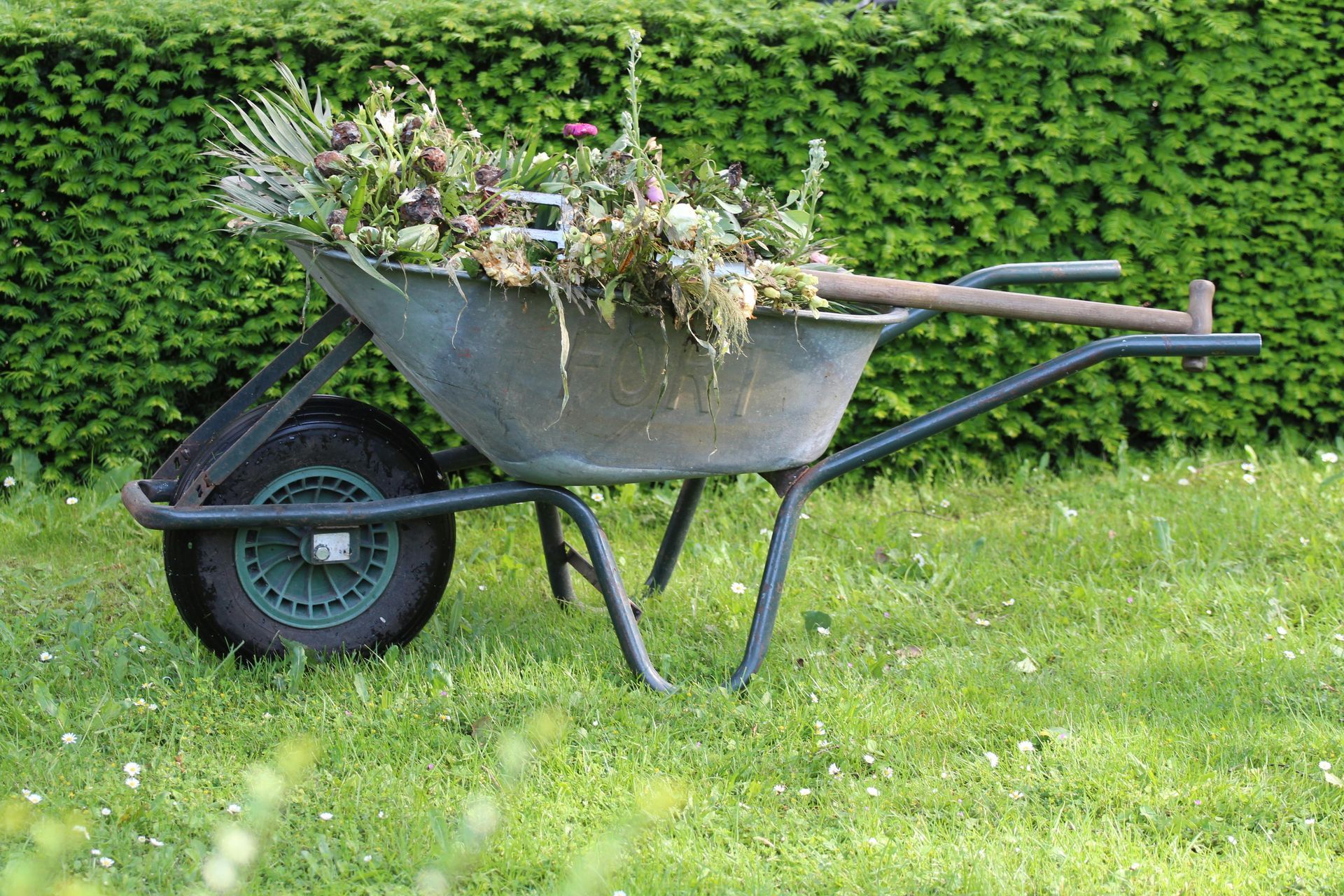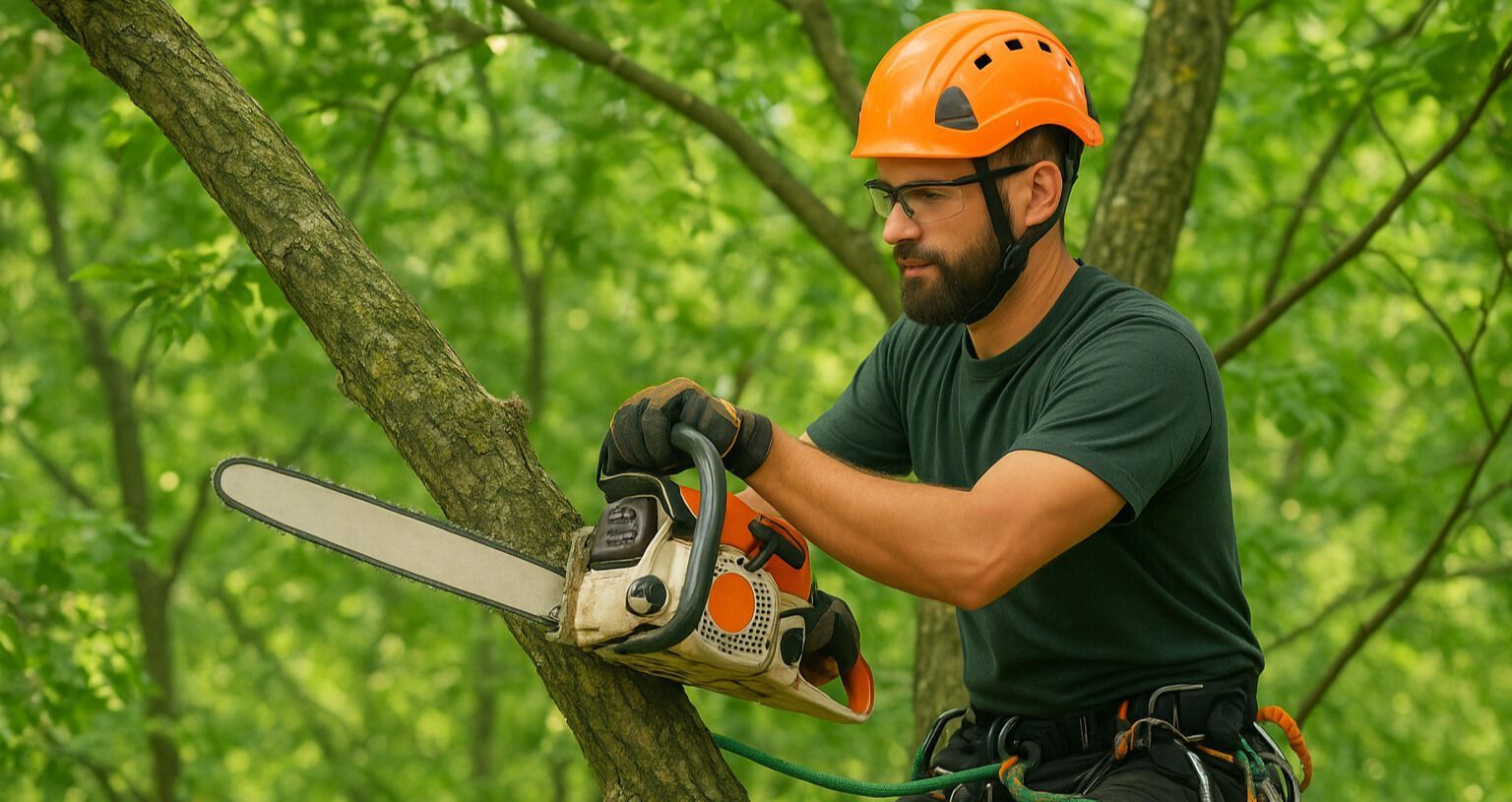My Battle to Save My Beloved Ash Tree: A Homeowner's Journey Through Expert Advice
It was a sunny Tuesday morning in Southern California when my regular gardener, Mike, looked up at my towering ash tree with concern in his eyes. "I think this tree needs to go," he said, words that felt like a punch to my gut. This wasn't just any tree – it was the gentle giant that had provided shade for my children's birthday parties and housed countless bird families over the years. Thus began my journey to understand whether my beloved ash tree really needed to be removed, or if there was hope for preservation.
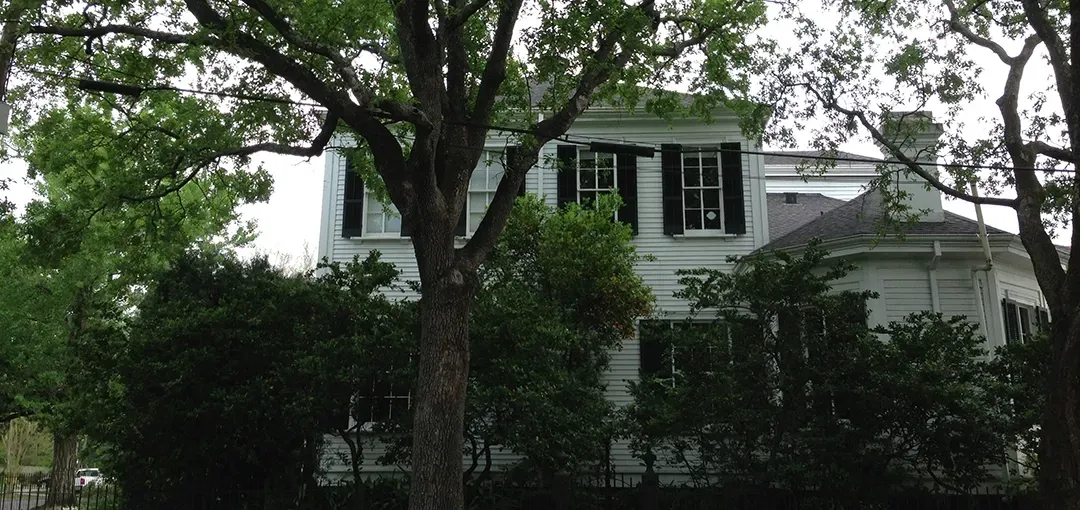
The Day My Gardener Dropped the Bombshell
First Signs of Trouble
I remember standing in my backyard, coffee in hand, as Mike pointed out what had caught his attention. The tree's canopy seemed thinner than usual, and there were some dead branches near the top. As someone who had maintained my yard for years, his concerns carried weight, but I wasn't ready to accept his recommendation without exploring all my options.
Understanding My Emotional Attachment
This ash tree had been part of my property when I bought my home in Southern California fifteen years ago. It had grown from a modest height to a majestic presence, watching over my family's countless backyard barbecues and providing a natural playground for local wildlife. Letting go wouldn't be easy.
Getting to Know My Ash Tree
The Significance of Ash Trees in Southern California
Ash trees aren't just any trees in our region. They're well-adapted to our climate and provide essential benefits:
- Natural cooling through shade
- Wildlife habitat
- Improved air quality
- Enhanced property value
"Ash trees are integral to Southern California's urban forest ecosystem, often living 100+ years when properly maintained." - Certified Arborist at Perfection Tree Specialists
Common Issues Affecting Ash Trees
Disease Concerns
- Emerald Ash Borer (EAB)
- Ash Yellows
- Anthracnose
- Root rot
Structural Problems
- Weak branch unions
- Storm damage susceptibility
- Root system issues
- Trunk decay
Common Ash Tree Issues and Their Symptoms
| Issue | Symptoms | Risk Level |
|---|---|---|
| EAB Infestation | D-shaped exit holes, canopy dieback | High |
| Root Rot | Fungal growth, leaf yellowing | Moderate |
| Storm Damage | Broken branches, leaning trunk | Varies |
| Anthracnose | Leaf spots, premature leaf drop | Low |
The Professional Assessment Journey
Why I Sought Multiple Opinions
After Mike's initial warning, I knew I needed expert guidance. I reached out to several certified arborists, including the team at Perfection Tree Specialists, for comprehensive tree health assessments.
What Tree Experts Look For
Visual Inspection Points
- Crown density and dieback
- Bark condition
- Root flare visibility
- Presence of mushrooms or decay
- Structural defects
Advanced Assessment Techniques
- Sonic tomography
- Resistance drilling
- Root collar excavation
- Soil testing
Key Takeaways:
- Always get multiple professional opinions
- Regular maintenance can prevent major issues
- Some tree problems are treatable
- Safety should be the primary concern
- Documentation is important for decision-making
FAQs
Q: How do I know if my ash tree is really dying?
A: Look for signs like significant canopy dieback, bark peeling, and mushrooms at the base.
Q: What's the cost difference between treatment and removal?
A: Treatment costs vary but generally range from $200-600 annually, while removal can cost $1,000-5,000+.
Q: Can I get a second opinion without offending my current tree service?
A: Yes, it's common and recommended to seek multiple professional opinions for major tree decisions.
Conclusion
After thorough research and multiple consultations, I learned that tree care decisions aren't always black and white. While my gardener's concern came from a good place, working with certified arborists from Perfection Tree Specialists helped me understand all my options. Whether you decide to remove or preserve your tree, the key is making an informed decision based on expert assessment and your specific situation.
Need professional tree care advice? Contact our certified arborists for a comprehensive evaluation of your tree's health and safety.

